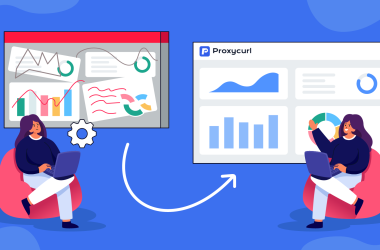Are you considering a loan and weighing your options? Choosing the right type of loan can make all the difference, particularly between bank statement loans or stated income loans. A bank statement loan is one in which lenders inquire about an applicant’s financial history from recent account statements rather than relying on income verification documents like W-2s or tax forms.
On the other hand, stated income loans don’t require proof of employment to receive approval. Only that you have enough money for monthly payments and any down payment required by lender guidelines. Each option has advantages, so weigh them carefully before making your decision!
Bank Statement Loan
You may have heard people talking about the differences between bank statement loans and stated income loans. It’s important to understand how they differ and what their features are before deciding on which one you should get when looking for mortgage loan options. A bank statement loan allows the borrower to show bank statements as proof of income instead of pay stubs, tax returns, or W-2 forms that would otherwise be needed with other loans.
This type of loan makes it easier for self-employed individuals who don’t necessarily receive regular incomes from employers but profits generated by their businesses via cash flow deposits in their bank accounts throughout the year.
Stated Income Loan
A stated income loan is a great option for individuals who are self-employed or unable to provide traditional paperwork. Unlike the bank statement loan, this type of mortgage doesn’t require documentation proving your business’ income or multiple-year tax returns. All you need to do is simply state how much you make on your application.
This makes it ideal if the traditional proof doesn’t reflect what an applicant’s real financial situation might be and means that those with less than perfect credit history can still potentially qualify for suitable financing options. A borrower may have assets but lack consistent wage statements, which would otherwise disqualify them under regular lending criteria. These applicants aren’t excluded as they don’t fill out lines pertaining to the previous year’s earnings either in their personal taxes or in any other form required by banks when applying for mortgages.
It also allows lenders more flexibility in approving borrowers while helping maintain low-interest rates despite unsteady incomes due to its lower-risk nature than conventional loans.
When looking for alternative mortgage options, you may come across two types of loans: bank statement loans and stated income loan programs. Bank statement loans are available to those who don’t have consistent employment or substantial paychecks.
These allow borrowers to provide their personal bank statements to determine eligibility and qualify without traditional documents like tax returns or W-2s.
Stated income loan programs offer borrowers an option where they do not need to verify their financials. These qualifications may include monthly deposits into accounts over a certain period. Additionally, other required documentation pertinent to the loan must also be provided.






















